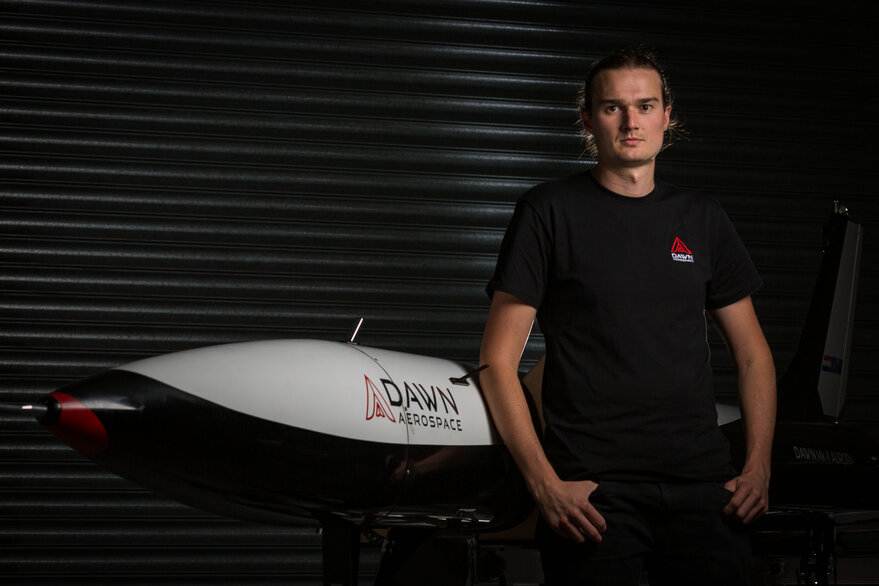Top Stories Tamfitronics

SAN FRANCISCO — Dawn Aerospace is poised to begin supersonic testing of its Mk-II Aurora spaceplane.
New Zealand’s Civil Aviation Authority (CAA) awarded Dawn a certificate to fly the Mk-II Aurora at unlimited speeds and a maximum altitude of 80,000 feet, the company announced July 12.
“This unlocks the next major performance milestone for the Mk-II vehicle, namely supersonic flight,” Dawn CEO Stefan Powell said in a statement. “To the best of our knowledge, this would be the first privately funded aircraft of its kind to break the sound barrier.”
From July through September, Dawn plans to conduct a series of a dozen or fewer test flights. The goal is to “expand the vehicle’s envelope to” reach Mach 1.1 and an altitude of 20,000 meters. As a secondary goal, Dawn intends to conduct two daily flights, a step toward rapid reusability.
“At full performance, the Mk-II will fly faster and 2.5 times higher than any prior aircraft that takes off from a runway,” Powell said. “That is the power of bringing rocket performance to an aircraft platform.”
The CAA certificate also permits Mk-II Aurora to operate beyond visual line of sight outside of restricted airspace.

Extensive Collaboration
The Mk-II Aurora is a rocket-powered aircraft, designed to take off and land on runways, flew for the first time in 2021. Since then, Dawn has conducted 50 flights with jet and rocket engines.
Dawn is marketing the spaceplane for microgravity missions, high-speed flight research, Earth observation and other defense and civil applications.
To obtain certification for increasingly ambitious flight tests, Dawn Aerospace has worked closely for years with the CAA, New Zealand Space Agency, airlines and other aviators.
“Receiving this certification is a testament to the hard work and dedication of our team, and their ability to operate such a high-performance vehicle to the standards the CAA expects of any aircraft operator,” Powell said. “I would like to publicly thank all NZ public agencies and local airspace users for their continued support in our mission of scalable and sustainable space transportation”.
When it last flew in 2023the Mk-II traveled at a maximum speed of 200 knots and a maximum altitude of 2,743 meters. Since then, the vehicle “has undergone extensive upgrades and testing,” according to the news release.
The final pre-flight systems test, for example, included a 60-second firing and restart of its engine.
Debra Werner is a correspondent for SpaceNews based in San Francisco.Debra earned a bachelor’s degree in communications from the University of California, Berkeley, and a master’s degree in Journalism from Northwestern University. She…More by Debra Werner




